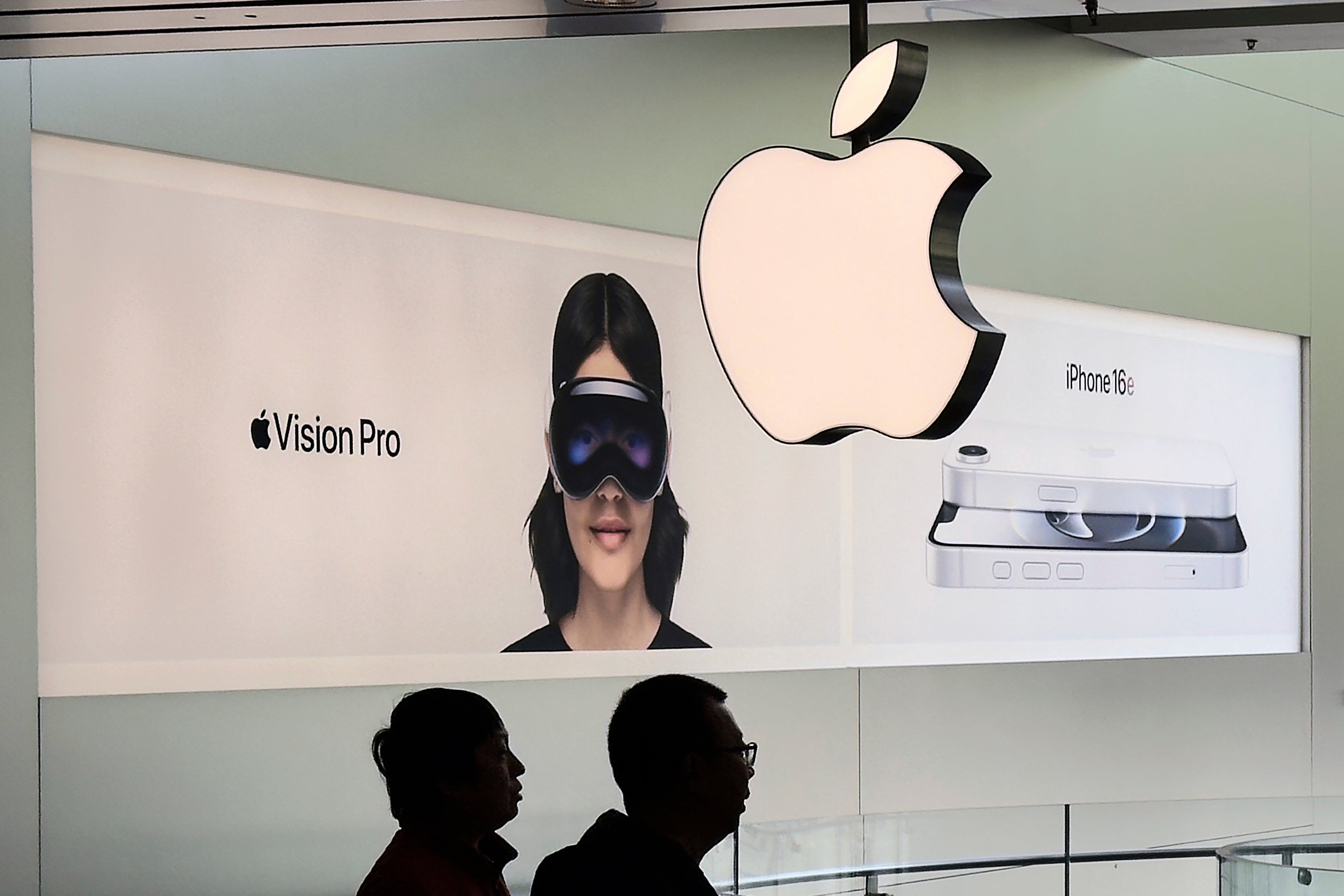By Christopher Rugaber
U.S. employers advertised more jobs in June compared with the previous month, but overall hiring fell, painting a mixed picture of the job market.
The number of jobs posted on the last day in June jumped 9.6 percent to 5.9 million, the Labor Department said Monday, a solid gain but still below the pre-pandemic level of about 7 million. And employers hired 6.7 million people in June, down from 7.2 million in May, a record high.
The figures suggest that restaurants, bars, retail shops, and entertainment venues — businesses that were subject to shutdown orders in April — continued to bring back workers at a healthy pace. Job openings in those industries also rose.
But outside those categories, employers remain reluctant to bring on new workers, a trend that could weigh on the economy in the coming months. Hiring slowed sharply in manufacturing, construction, and health care services in June.
The government has previously reported that the nation gained 4.8 million jobs in June. That figure, however, is a net total, while Monday's report, known as the Job Openings and Labor Turnover Survey, or JOLTS, provides gross hiring figures, without subtracting layoffs or quits.
On Friday, the government said employers added a net 1.8 million jobs, a solid gain but far below June's increase and below the 2.7 million added in May. Employers slashed 22 million positions in March and April, and so far 42 percent of those lost jobs have been regained.
The number of people quitting their jobs, meanwhile, rose by one-quarter to nearly 2.6 million, a huge gain that is unusual in the depths of the recession, when workers typically try to hold onto their jobs. Many workers may be reluctant to remain in jobs that they believe put their health at risk. Economists also worry that many women and men are quitting jobs to look after children, a trend that could also hold back job growth.













